What we miss when we miss Lost
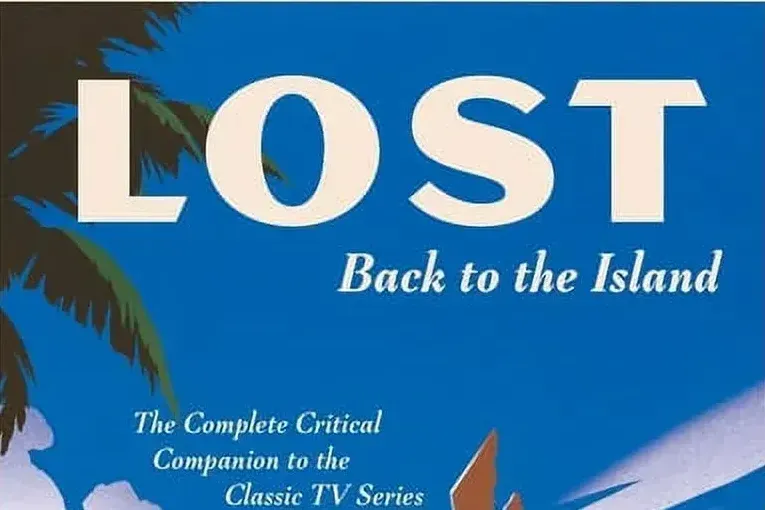
Happy almost-20th anniversary of Lost's premiere, everyone! In celebration, I have written a book with my old A.V. Club chum Noel Murray. It's called Lost: Back to the Island, and it's a complete deep dive into the show, with reviews of every episode, essays on special topics of note, and other fun odds and ends you might enjoy. It's out on Tuesday! It's been in the works for four years now, and I'm so glad that it will soon be in everybody's hands. You can read an excerpt here.
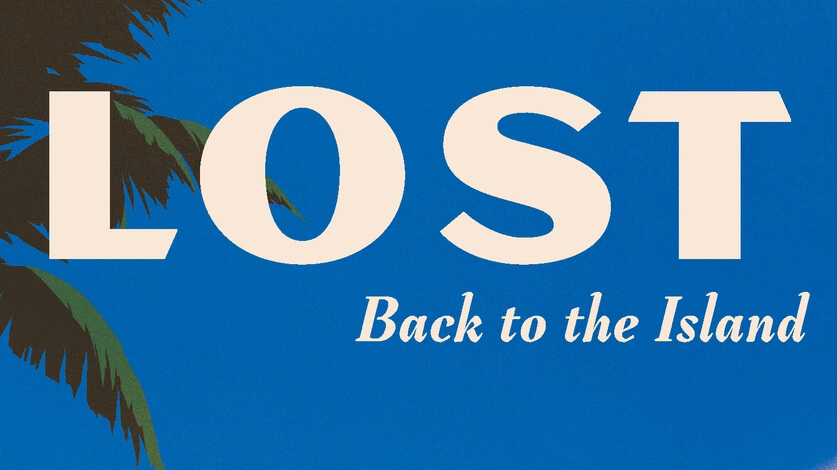
As always, preorders help booksellers know they should stock the book, help us get on bestseller lists, etc., so if you are at all curious about the book, you should preorder it now! I'll sprinkle some links to do so throughout the article.
In the meantime, though, Noel and I got together over email to chat about something both of us felt keenly when we rewatched the show for the book: There are so many things Lost does almost as a matter of course that modern TV often struggles with. And while I don't want to pretend Lost wasn't a particularly strong example of what it did at the time, it does seem like those strengths were more common in TV at the time. So we chatted about it! That conversation follows.
Emily: Noel! Here we are, just six days from the release of our book. In the interviews we’ve done for the book, we’ve been talking a lot about the ways that Lost was influential on TV and the culture, the many storylines that people remember fondly (or not so fondly), and the more troubling aspects of the show’s legacy.
These are conversations worth having and a big part of why we wrote our book. Yet in rewatching the series (three times!) to write this book, I kept bumping up against something: They really don’t make ‘em like this anymore. To watch Lost 20 years after it debuted is to be gobsmacked at how opulent and lush a network TV drama could be in the mid-2000s. Granted, this was a big-budget network drama, as well as an immediate smash hit. But the level of production value and filmmaking craft on display occasionally seemed casually tossed off.
I’ve worked in TV for a year now, and I was on sets as a journalist many times before that. I know that the people who make TV are consummate professionals and that we are frequently just trying to get the thing before we lose the light or the hours tilt over into overtime or [insert reason here]. I know that all of this applied to Lost, too. I know that especially in the early seasons, when the show was doing over 20 episodes each season, all involved were working grueling hours to make the show as good as it was. And still – I’m astonished at how beautiful it was to look at, at how wonderful even its most bare-bones moments look.
When talking about the TV dramas of yesteryear, it is somewhat common to focus on the sheer number of episodes that had to be produced, as well as the upsides and downsides of that approach. But the more I watch the TV of the ‘90s and ‘00s, the more I find myself wondering how anybody possibly made anything this good on such punishing schedules. To watch any given episode of Lost is to find yourself wondering anew at how little it seems like anything else on TV.
What are some of the things in Lost that you just can’t find as easily on TV anymore?
Noel: Gosh, there’s so much to talk about here: the size of the cast, the variety of the sets and locations, and the budget for specialized vehicles and practical explosions. I want to get to all of those. But I don’t want to blow too quickly past the “sheer number of episodes” point. Because while it was the norm for American network TV in Lost’s era to have more than 20 episodes per season of a hit show — and an economic necessity, given the business model at that time — I think the way Damon Lindelof and Carlton Cuse and their writing staff worked within that system was remarkable.
My main beef with the whole “10-hour movie” mindset of today’s prestige TV is that it generally doesn’t allow the writers much room to make episodes into discrete units of entertainment, with their own arc, beats, and moments to make audiences sit up and pay closer attention. The lack of commercial breaks in the premium cable and subscription streaming eras also has a role in the decline of the “make each episode memorable” approach. Hooking and holding an audience was crucial on network television 20 years ago, so Lindelof and Cuse made sure that every Lost chapter had cliffhangers and payoffs and amusing little character moments sprinkled from beginning to end. Lost entertains. It’s not just heavy chunks of plot, parceled out in 40-minute blocks (or enervating one-hour blocks, as so many series are today).
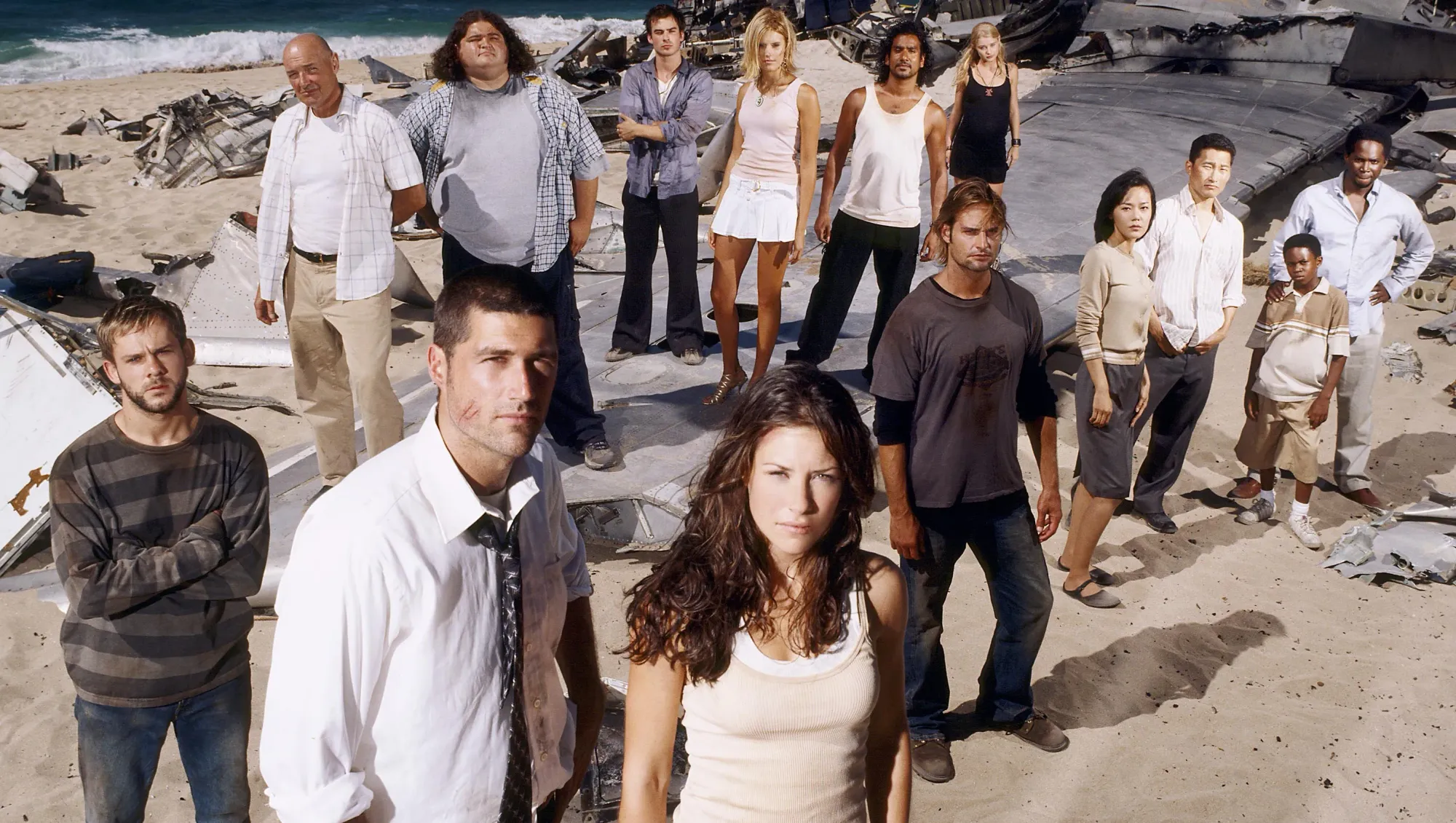
In fact, the reason I watched Lost obsessively every week when it originally aired wasn’t just to find out what would happen next, but because I genuinely didn’t know what any given episode would bring. Would Sayid be an international assassin? Would Sawyer become a trusted part of the Dharma Initiative? Lost’s writers had all the time they needed to indulge in entertaining digressions like these. Because they had to fill that time, they designed the show in such a way that it basically required surprising little tangents.
To be fair, even with shorter episode orders, some 2020s shows do respect the idea of “the episode.” Evil did. Succession did. (Part of that show's brilliance was that the main story didn’t change much from week to week, it just happened in a different fabulous location.) And a lot of today’s prestige dramedies — The Bear, Ted Lasso, Only Murders in the Building, Fargo, others — break format for a few Very Special Episodes each season. But I wish more writers and producers today would try to make nearly every episode so special that fans could remember them by their titles alone, decades later.
But this is of course takes not just time but money. So let’s talk scale, Emily. As you say, you’ve spent some time on television sets of late. When you watch Lost, what could they afford to do that very few shows today can manage — aside from the ones with dragons or elves?
Emily: This is going to sound weird, but Lost could afford to bench members of its cast when need be. Remember how Emilie de Ravin sat out the entire fifth season? That’s the sort of thing you might still be able to get away with on HBO, but you really do need to have HBO money to pull it off. And Lost just casually did it.
Now, let's not pretend that was somehow common in 2009. But even more frequently, Lost rested characters for a week or two when the story simply wasn’t with them. The much-maligned, secretly-pretty-great third season offers a good example of this quality. Jack — the closest thing the show has to a protagonist— sits out a handful of episodes around the season’s midpoint because he just doesn’t have any story tied to him. When he re-enters the story, we’re left to wonder if he’s abandoned the castaways we know to join forces with the Others. The fact that he’s been offscreen so long means we believe it might have happened.
This, too, is a function of having an episode order north of 16 episodes. As a comparison point, look at Damon Lindelof’s follow-up series, The Leftovers, which did, indeed, have that HBO money. Yet because that show had 10 episodes per season, it could pay Liv Tyler to sit around for the vast majority of season two, only having her in appear in three out of 10 episodes, bringing her back in when she would have maximum impact. Yet because the narrative real estate was more limited, her use became necessarily far more plot-driven than not, which rather dampened the impact of keeping her offscreen for so long.
This situation has created a twin set of pressures on even our best TV shows: Casts keep getting larger, while episode orders keep getting shorter. If you only have eight or 10 episodes to get viewers to know a huge swath of characters, every second of screen time has to count. The best shows, of course, manage this feat, yet even some shows I adore feature characters who end up serving purely as functions of the plot. There’s no time to make viewers care about them deeply, so they end up with the story jerking them around by their noses.
I do also want to shout out something in your argument that I think is poorly understood — and was even poorly understood by me before I started writing for TV professionally: Perhaps more than losing large episode orders, losing hard and fast act breaks has really hurt television. People often point to Breaking Bad as the most narratively ambitious, pulse-pounding show of all time, and a big part of that was because that show had commercial breaks it had to write toward. The same was true of Mad Men, Battlestar Galactica, and, of course, Lost.
Yet even a lot of the best pay cable shows were written with act breaks in mind, even if they weren’t necessarily going to be seen by the audience. Watch an episode of The Sopranos, and you can feel where the commercials would have gone if they were present. David Chase had written so much network TV that they were buried in the DNA of that show.
The idea that a writer is building toward a tiny series of cliffhangers throughout each episode creates an inherent internal structure that helps make even the most contemplative shows slightly more propulsive. (See also: Sundance’s Rectify, perhaps the most contemplative show ever made but one that had to make sure its contemplations left room for ads.) Obviously, writing any TV show is super fucking hard, and there have been plenty of mediocre to bad shows with act breaks. But I would argue that form of bad show is often more watchable than a bad show that feels far more amorphous and unstructured. And perhaps no TV show used those act breaks as well as Lost did. Every single time this show cuts to commercial — even in its worst episodes — you’re excited to see what will come next.
I do want to talk about something you briefly mentioned, which is Lost’s existence as a pseudo-anthology show, each episode able to take on a different genre or storytelling form based on who got the flashbacks that week. This is one area where modern TV really has taken up the baton from Lost, but rarely in a way that is as satisfying. I’m wondering what you might attribute that to.
Consider becoming a paid subscriber: For as little as $5 a month, you can support this newsletter and help keep it rolling. Paid subscribers get a weekly post on Fridays that goes out even on weeks the Wednesday newsletter is dark, access to the full archives, a monthly mailbag, and a link to the Episodes Discord server. There will be some other fun treats along the way. Click the button to learn more!
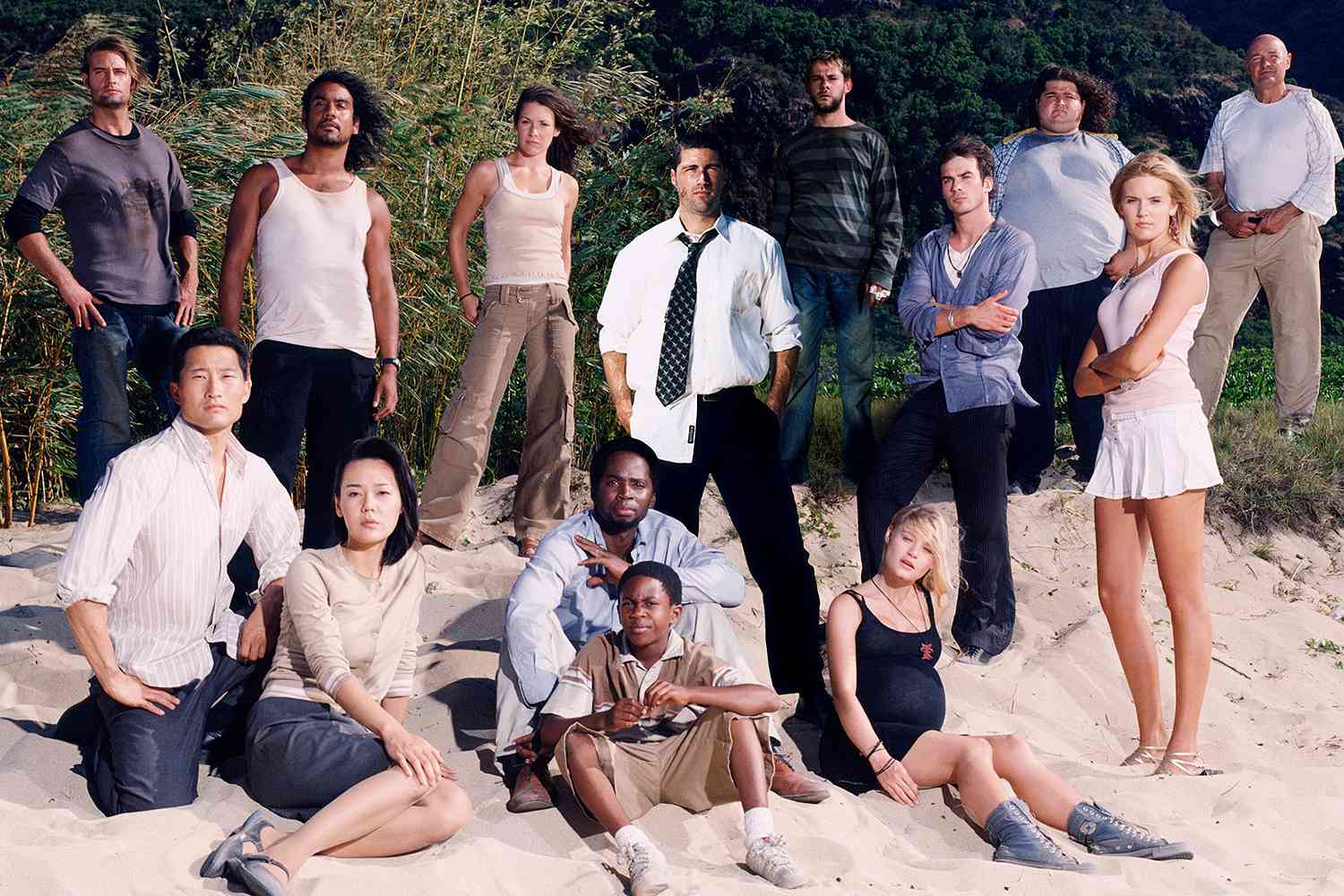
Noel: Maybe their plots are too complicated! I know that sounds rich coming from one of the authors of a book about Lost, but as we discuss in Back to the Island, the show’s plot isn’t that complex. The overall six-season arc is incredibly simple in its essence (magic island, needs protecting), and even the smaller pieces of that arc have very basic, clearly defined goals. (“We have to get to a place to do a thing!”) Meanwhile, I have to confess, even with some of the expensive, polished genre series that I enjoy — Star Trek: Discovery being a prime example — I tend to lose track of the villains in play and the machinations required to outwit them.
(You know what category of shows was especially bad in this regard? The CW’s “Arrowverse.” Nearly every Flash or Legends of Tomorrow season would start in a spirit of fun and adventure and then get harder and harder to follow once the Big Bad emerged.)
On the flip side of this, we do still have case-of-the-week procedurals here in the 2020s, serving as the last real standard-bearer of network TV dramas with an “anthology” spirit — in that each new murder, fire or medical emergency brings with it a fresh set of people and situations for the regulars to engage with. But even those shows are getting denser and heavier than they need to be. Perhaps to compensate for the repetitiveness of their locations and stories, procedurals in the post-CSI/post-SVU era go deeper into their main characters’ personal lives, without actually deepening the characters themselves, who mostly remain archetypal. Those shows do have effective plotting, I’ll grant. If I turn on any random SVU episode, odds are that I’m going to want to see how it ends. But there’s very little satisfaction in making it all the way to the closing credits, because, ultimately, the characters are too flat to be good company.
Because I’m an aging Gen Xer who relies on nostalgic comfort-watching to get me through the day (plenty of TCM and Hallmark Mystery, in other words), I watch a lot of Murder, She Wrote reruns. Despite the old joke about the appalling crime rate in Cabot Cove, in actuality Jessica Fletcher spends about three-fourths of each season hopping around the world, stumbling across dead bodies on book tours or while visiting old friends. Again, even with this modest little 1990s mystery series, I’m astonished by the scale. Nearly every week brought new sets, plus a cast made almost entirely of recognizable guest stars.
I see Lost as more a part of that TV tradition — the tail-end of it, maybe — than in the newer “novel on television” tradition of, say, The Sopranos. Or maybe it bridges the gap between the two, building an epic tale out of the kind of one-story-at-a-time structure that dates back to early television and radio. But I repeat: Doing this wasn’t cheap! Even if the production never left Hawaii, it still cost money to build new Dharma stations or to shoot on a freighter or to recreate war-torn Iraq, and it cost money in those later seasons to hire John Hawkes or Robin Weigert or Titus Welliver (or someone else who was on Deadwood) for a few episodes.
There are shows today that clearly have a big enough budget to build amazing practical sets and to hire name actors to fill small roles. But I also feel like too much TV these days takes advantage of the modern shortcuts to production value: digital effects and backdrops. So Emily, I want to get back to something you said back at the start of this conversation. What is it that makes Lost, on a visual level, look so impressive to our eyes today? And is it replicable in 2024?
Emily: Some of it really just is good location work. When I think about the shows whose visual style sticks out to me in the last few years, they almost always have great locations on their side, even if that’s not immediately recognizable. Yet even by those standards, Lost is pretty incredible. They must have shot every single corner of that beach multiple times, but you never got bored of looking at it. And the locations they found elsewhere in Hawaii reasonably fake every corner of the world without you ever thinking about it too much.
There are any number of other standard issue answers to this question like the fact that the show was filmed on 35mm film or its willingness to let various scenes play out in the master, which made full use of those sweeping beach vistas, or its actors who were great at playing big, emotional beats in a wide shot. But the shifts in production (for both TV and film) on those levels have happened largely across the board. (Though, it must be said, Lost’s beautiful vistas surely influenced its desire to do things in wide.)
We can still do this on TV today. There’s really beautiful stuff being made, especially among the best shows on the air. What’s remarkable about Lost, though, is that it was making something this visually audacious week after week on an absolutely punishing schedule. The more I learn about how TV is made firsthand, the more I’m completely flummoxed by how something like this could possibly have been made without everybody completely losing their minds. Maybe they did.
But Lost wasn’t in a network TV vacuum either! I rewatched a lot of ER recently, and the visuals on that show are frequently as audacious as anything on TV right now. The same goes for any number of adventurous network shows of the period. Over time, I think, the people who fund TV — by which I mean the people who sign my checks — have gotten comfortable with the idea that artistically ambitious TV happens everywhere but the broadcast networks. Lost is a great reminder of how blinkered that thinking can be.
I think it’s worth ending by taking off our rose-colored glasses just a little bit and asking: What about Lost and this era of TV are you glad we don’t have as much of anymore? I will start by saying that viewed from a 2024 perspective, the show’s treatment of its non-white and women characters frequently lurches into stereotype so hard that it feels like self-parody. And there’s only one semi-regular queer character? Modern Lost would have so many gays.
What about Lost made you glad to be watching TV in 2024 and not 2004?
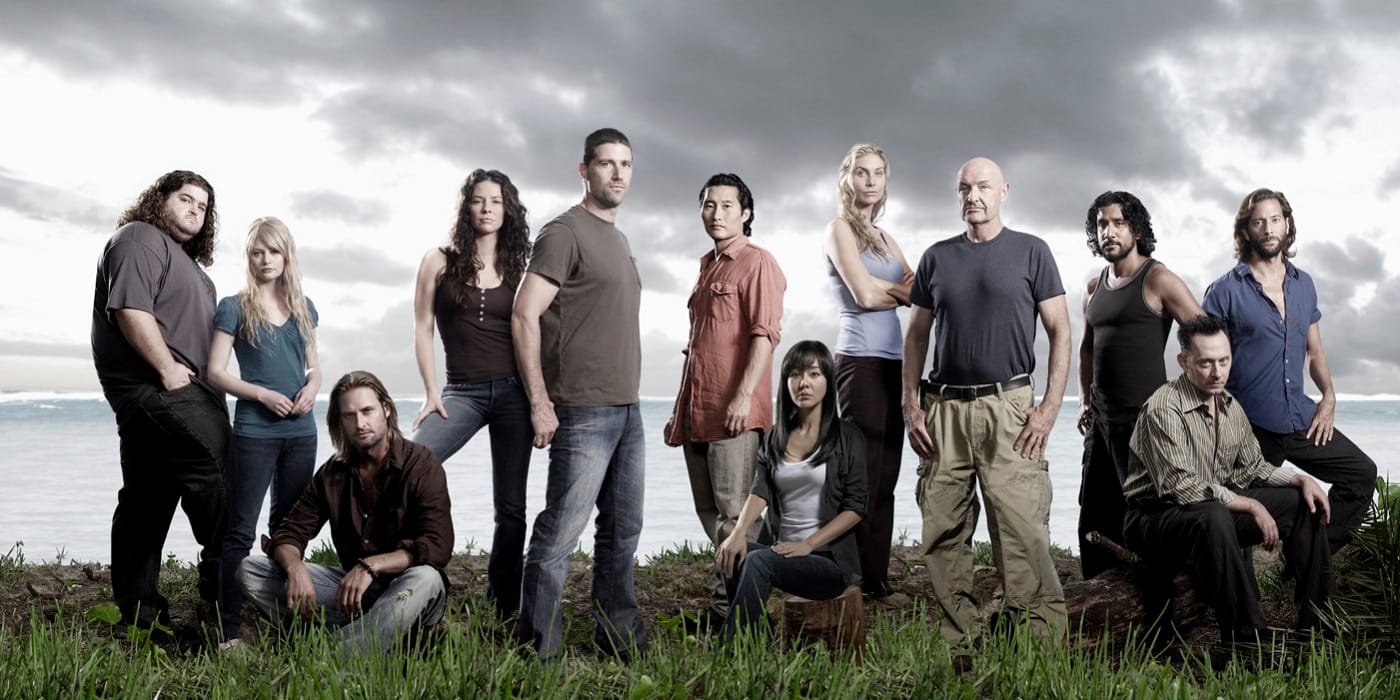
Noel: Oh, you’ve already nailed it. All of the hard conversations our culture has been having over the past decade about representation in media has made it so that movies and TV shows from our recent past — even the ones that once seemed fairly progressive — now seem just as much “a product of their time” as any given ‘80s teen comedy. Lost had an admirably diverse cast, yet the writers only seemed to center certain characters — mostly the white guys — as the ones worthy of being their main heroes and villains. (Or maybe I shouldn’t say “seems.” The behind-the-scenes stories in Maureen Ryan’s book Burn It Down suggest this subject was brought up directly to Lindelof and Cuse and that they didn’t handle the criticism well.)
Back in 2019, I was invited onto Josh Spiegel and Scott Renshaw’s “Mousterpiece Cinema” podcast to talk about Toy Story 2, a movie I consider to be pretty close to perfect. But watching the film just a year or so after John Lasseter took his leave of absence from Pixar — after acknowledging his habit of inappropriately touching and condescendingly flattering women in the company — I couldn’t help but be struck by the none-too-subtle sexism in the scene where Buzz leads a bunch of the male-coded toys on a mission to rescue Woody, while the female-coded toys wave goodbye. Yes, Toy Story 2 also has the tomboyish Jesse (who is the star of the movie’s most emotional scene, set to the even-the-title-makes-me-tear-up song “When She Loved Me”), and it has a funny Barbie cameo. But in general, the women in this movie are consigned to the sidelines.
Now, I still think Toy Story 2 is wonderful, and — as I hope in obvious in the book — I still love Lost. I also know that there are aspects of popular culture right now that are going to look just as dated or even embarrassing in 20 years. I think we can recognize those failings without completely writing off the ones responsible for the failure. If anything, part of what’s so rewarding about watching old movies and TV shows is how they can be a window onto the past. What’s on the screen is often carefully controlled and fairly anodyne, but the presumptions and biases behind those creative choices are still evident, and enlightening.
I think in Back to the Island we try to grapple with those choices openly and honestly, as fans and as critics. We celebrate the achievement and lament the fumbles. There’s a lot to learn from in Lost — in all of Lost.
This week's reading music: "Frontwards" by Pavement. (This is, perhaps surprisingly, a reference to the book, which you can buy here.)
The free edition of Episodes, which (usually) covers classic TV and film, is published every other Wednesday, and the subscriber-supported edition of Episodes, which covers more recent stuff, is published every Friday. It's written by Emily St. James. If you have suggested topics, please reply to the email version of this newsletter or comment (if you are a paid subscriber).


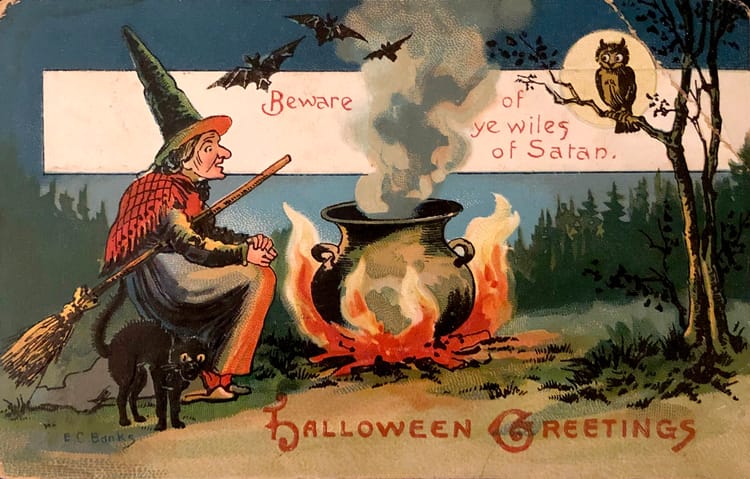
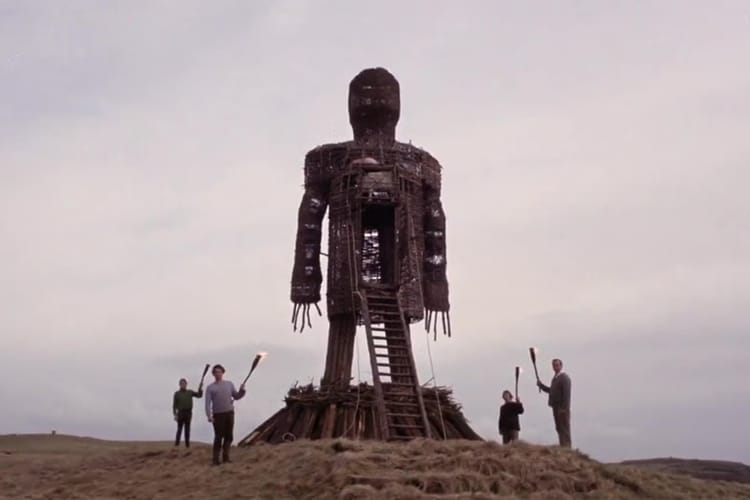
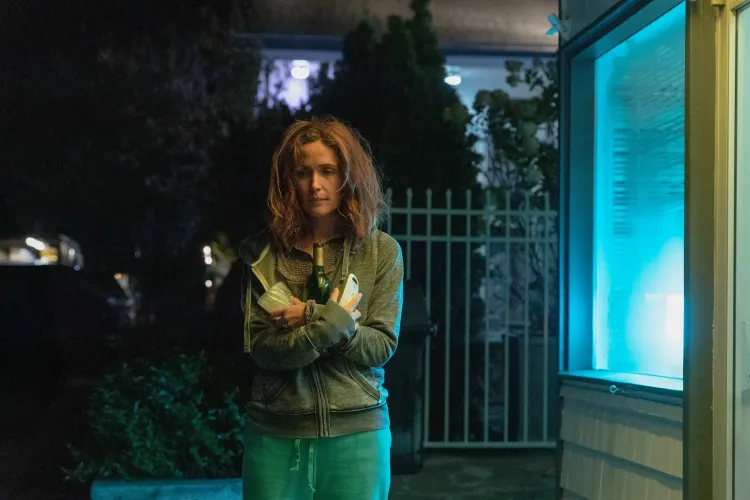
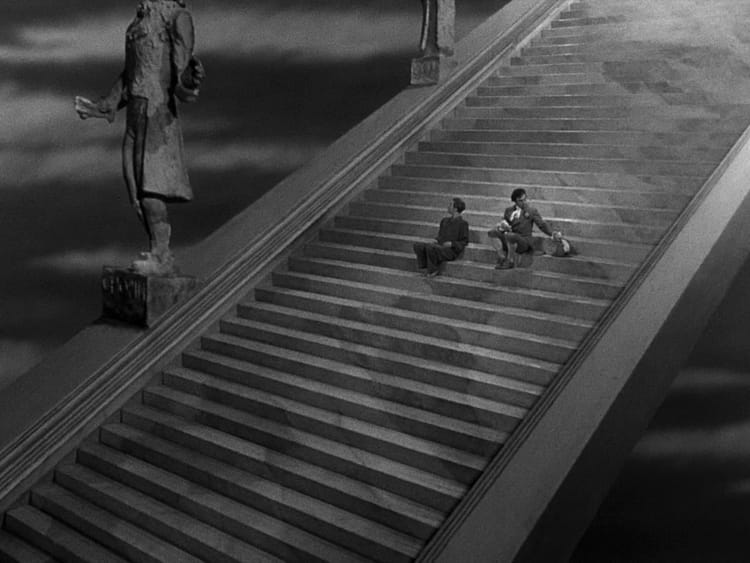
Member discussion